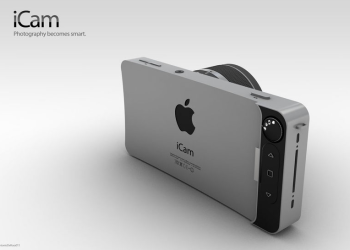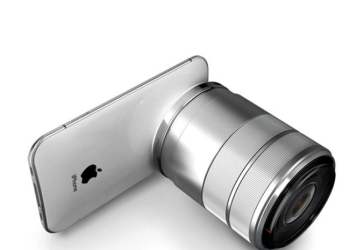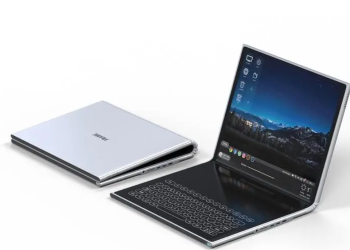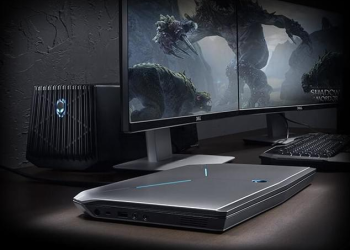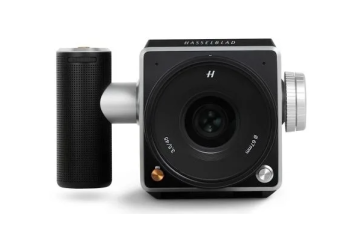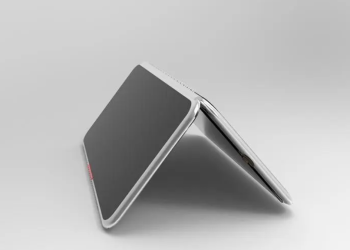In the realm of modern computing, graphics cards, also known as GPUs (Graphics Processing Units), play a pivotal role in rendering stunning visuals and powering immersive gaming experiences. This ultimate guide aims to demystify graphics cards and provide readers with the knowledge they need to select the perfect GPU for their needs.
Introduction
Graphics cards are not just accessories; they are the powerhouse behind visually stunning games, immersive virtual reality experiences, and complex graphics rendering tasks. This guide will delve into the intricacies of graphics cards, helping you navigate the vast sea of options available in the market.
Understanding Graphics Cards
At its core, a graphics card is a specialized processor designed to render and display images on a monitor. It takes the burden of graphics processing off the CPU, allowing for smoother and more efficient rendering of visuals.
Basic Components of a Graphics Card
A graphics card comprises several key components, including the GPU chip, memory (VRAM), and cooling system. Each component plays a crucial role in delivering optimal performance and ensuring stable operation.
GPU Architecture
There are two main GPU manufacturers in the market: NVIDIA and AMD. Each company has its own GPU architectures, with unique features and performance characteristics. Understanding these architectures can help you make an informed decision when selecting a GPU.
Graphics Card Memory
VRAM, or video random access memory, is dedicated memory on a graphics card used for storing texture data and other graphics-related information. The amount and type of VRAM can significantly impact a GPU’s performance, especially in gaming and graphics-intensive applications.
GPU Clock Speed
GPU clock speed refers to the frequency at which the GPU operates. A higher clock speed generally translates to faster rendering and better performance in graphics-intensive tasks.
CUDA Cores and Stream Processors
CUDA cores (NVIDIA) and stream processors (AMD) are parallel processing units within a GPU. They enable the GPU to execute multiple tasks simultaneously, improving performance and efficiency in gaming and graphics rendering.
Understanding GPU Performance
GPU performance is influenced by various factors, including clock speed, memory bandwidth, and the number of CUDA cores/stream processors. Interpreting GPU benchmarks can help you gauge a GPU’s performance in real-world scenarios.
Types of Graphics Cards
Graphics cards come in various models and series, catering to different market segments and price points. Whether you’re a casual gamer or a professional content creator, there’s a graphics card out there to meet your needs.
Choosing the Right GPU
When selecting a GPU, it’s essential to consider factors such as performance, budget, and compatibility with your existing hardware. Researching and comparing different GPU models can help you find the perfect match for your requirements.
Gaming and Graphics Workloads
The GPU requirements for gaming and graphics-intensive workloads can vary significantly. While gaming may prioritize raw graphics performance, graphics rendering tasks such as video editing and 3D rendering may benefit from additional VRAM and compute power.
Future Trends in GPU Technology
Emerging GPU technologies, such as ray tracing and AI-enhanced rendering, are pushing the boundaries of graphics performance and realism. Keeping abreast of these developments can provide insight into the future of GPU technology.
GPU Cooling Solutions
Proper cooling is essential for maintaining optimal GPU performance and longevity. Whether it’s air cooling or liquid cooling, choosing the right cooling solution can help keep your GPU running smoothly under heavy workloads.
GPU Overclocking
Overclocking a GPU involves increasing its clock speed and voltage to achieve higher performance. While overclocking can yield significant performance gains, it also carries risks such as increased heat generation and potential damage to the GPU.
Conclusion
Graphics cards are the beating heart of modern computing, powering everything from immersive gaming experiences to professional graphics rendering tasks. By understanding the intricacies of graphics cards and considering factors such as performance and compatibility, you can select the perfect GPU to take your computing experience to the next level.

FAQs After The Conclusion
- What is the difference between a graphics card and an integrated graphics processor?A graphics card is a dedicated hardware component designed specifically for graphics processing, while an integrated graphics processor is built into the CPU and shares system memory. Graphics cards typically offer superior performance compared to integrated graphics.
- How much VRAM do I need for gaming?The amount of VRAM required for gaming depends on factors such as the resolution and quality settings of the game. Generally, higher resolutions and settings require more VRAM. For 1080p gaming, 4GB to 6GB of VRAM is usually sufficient, while 1440p and 4K gaming may require 8GB or more.
- What is ray tracing, and why is it important for graphics cards?Ray tracing is a rendering technique that simulates the behavior of light rays in a virtual environment, resulting in more realistic lighting, shadows, and reflections. It’s important for graphics cards because it can significantly enhance visual fidelity in games and other graphics-intensive applications.
- Can I mix and match graphics cards from different manufacturers?While it’s technically possible to mix and match graphics cards from different manufacturers, it’s generally not recommended due to potential compatibility issues and driver conflicts. It’s best to stick with GPUs from the same manufacturer for optimal performance and stability.
- Do I need to upgrade my power supply when upgrading my graphics card?Depending on the power requirements of the new graphics card, you may need to upgrade your power supply to ensure it can deliver sufficient power to the GPU and other system components. Be sure to check the power requirements of the new GPU and compare them to your current power supply’s specifications.
- What is thermal throttling, and how can I prevent it?Thermal throttling occurs when a GPU reduces its clock speed or performance to prevent overheating. To prevent thermal throttling, ensure adequate cooling for your GPU by maintaining good airflow in your case, cleaning dust buildup regularly, and using high-quality cooling solutions.
- Can I use multiple graphics cards in the same system for better performance?Yes, you can use multiple graphics cards in a system through technologies like NVIDIA SLI (Scalable Link Interface) or AMD CrossFire. However, not all games and applications support multi-GPU configurations, and compatibility can vary. Additionally, multi-GPU setups may require a more powerful power supply and adequate cooling.
- What is the difference between reference and custom-designed graphics cards?Reference graphics cards are designed by the GPU manufacturer (e.g., NVIDIA or AMD) and adhere to the original design specifications. Custom-designed graphics cards, on the other hand, are produced by third-party manufacturers (e.g., ASUS, MSI) and may feature custom cooling solutions, overclocked performance, and other enhancements.



